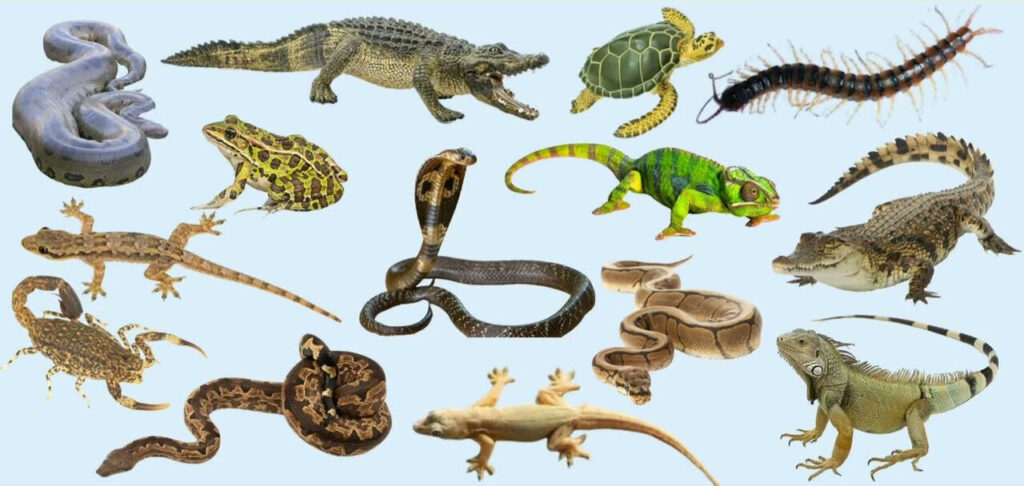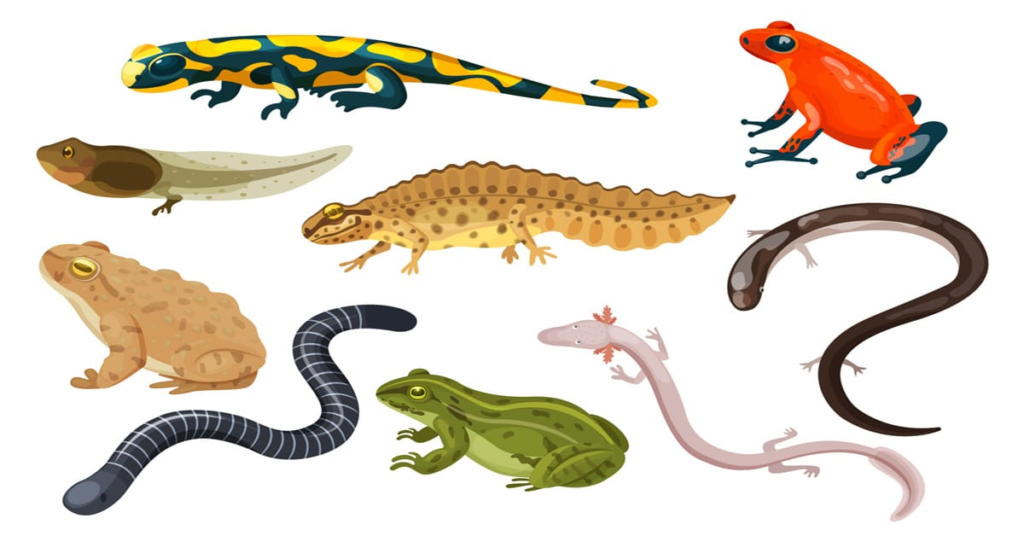Animals That Lay Eggs
key notes :
Oviparous Animals:

- Animals that lay eggs are called oviparous animals.
- These animals reproduce by laying eggs from which their young hatch.
Types of Oviparous Animals:
- Birds: All birds lay eggs, usually in nests, and incubate them until they hatch (e.g., hens, eagles, penguins).

- Reptiles: Many reptiles lay eggs, often in sandy or warm places (e.g., snakes, turtles, crocodiles).

- Amphibians: Amphibians like frogs and toads lay eggs in water.

- Fish: Most fish lay eggs in water. Their eggs are often released in large numbers.

- Insects: Many insects lay eggs, such as butterflies, ants, and mosquitoes.

Egg Protection:

- Some animals, like birds, build nests to protect their eggs.
- Others, like turtles, bury their eggs in the sand.
- Insects often lay eggs in specific locations to provide food for the larvae when they hatch.
Hatching:
- Eggs contain all the necessary nutrients for the embryo to develop.
- Once the development is complete, the young animals hatch out of the eggs.
Advantages of Laying Eggs:
- Laying eggs allows animals to produce many offspring at once.
- It allows animals to leave their young in a safe place while they continue other activities.
Examples of Egg-Laying Animals:
- Birds: Parrots, chickens, ducks.

- Reptiles: Lizards, geckos, alligators.

- Amphibians: Frogs, newts, salamanders.

- Fish: Salmon, clownfish, goldfish.

- Insects: Bees, grasshoppers, beetles.

Let’s practice!

